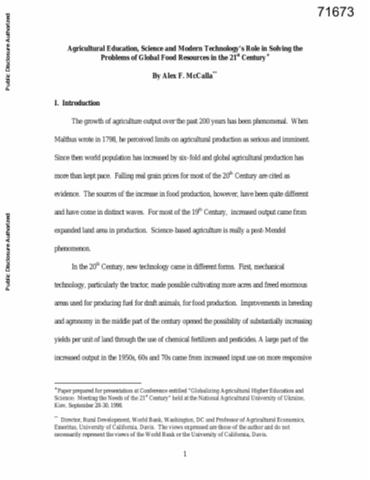The Evolution of Poverty and Inequality in Indian Villages
Continued agricultural growth and diversification into nonagricultural activities are essential if India is to continue reducing rural poverty. But policymakers hoping to alleviate rural poverty must also be aware of the causes and implications of persisting, if not increasing, inequality within villages. Jayaraman and Lanjouw review longitudinal village studies from a variety of disciplinary perspectives to identify changes in living standards in rural India in recent decades.









